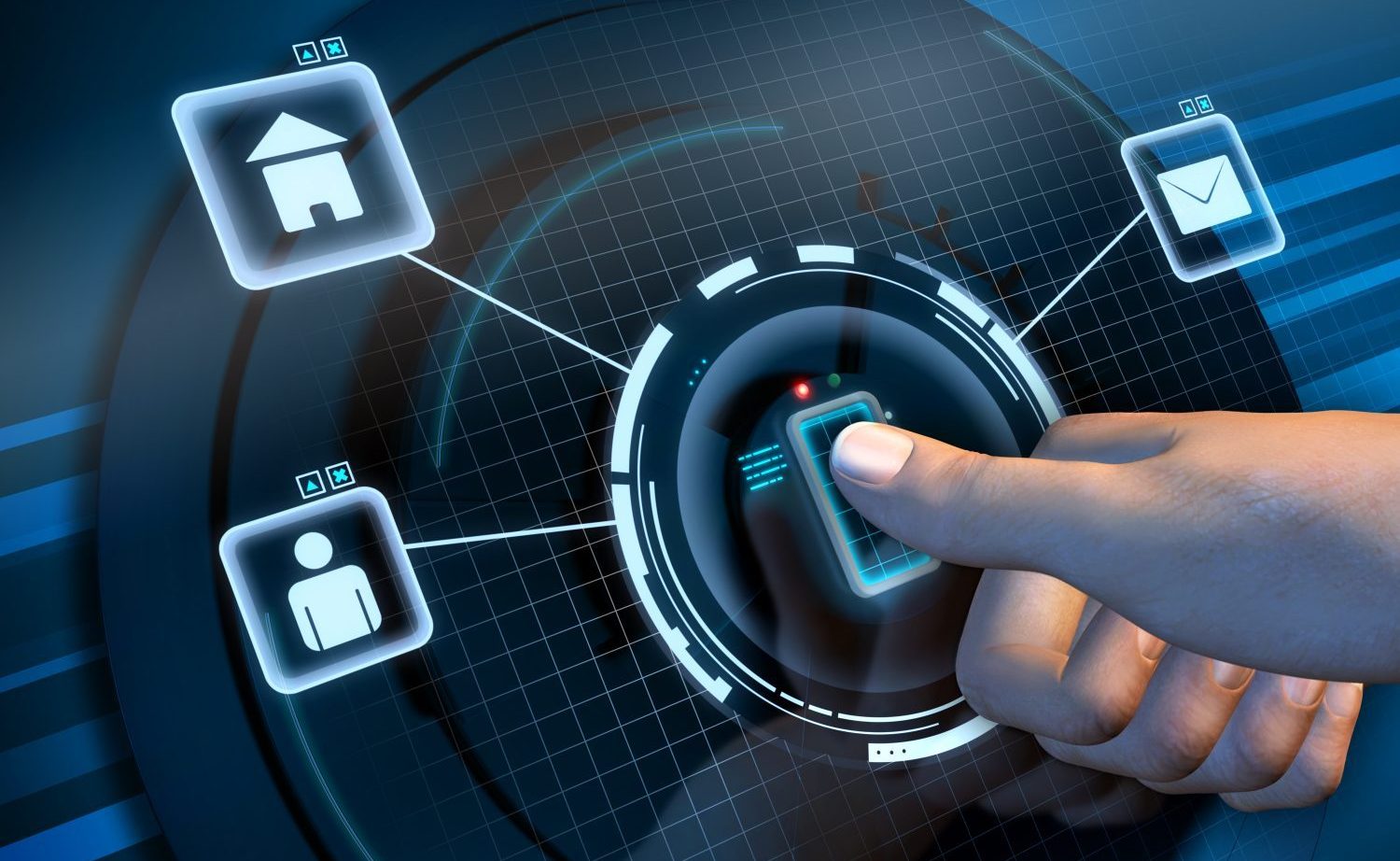Biometrics: Pioneering the Future of Identity Authentication and Security
Introduction
Biometrics, the science of using unique physical and behavioral traits for identity verification, has emerged as a cutting-edge technology in the field of authentication and security. Unlike traditional methods like passwords and PINs, biometric authentication relies on individuals’ distinctive characteristics, such as fingerprints, facial features, iris patterns, and even behavioral traits like typing patterns and gait. This article delves into the world of biometrics, exploring its history, the various biometric modalities, applications, benefits, privacy concerns, and the future of this rapidly evolving technology.
The Evolution of Biometrics
Biometric identification dates back to ancient times, where fingerprints were used as a means of sealing clay tablets in Babylon and China. However, it was not until the 19th century that modern biometrics began to take shape with the classification of fingerprint patterns by Sir Francis Galton. The 20th century witnessed advancements in fingerprinting techniques and the development of new biometric modalities, paving the way for the integration of biometrics into various applications.
Biometric Modalities
There are several biometric modalities employed for identification and authentication, each relying on different physiological or behavioral traits:
a. Fingerprint Recognition: Fingerprint patterns are unique to each individual and have been one of the most widely used biometric traits in various applications.
b. Facial Recognition: Analyzing facial features, such as the distance between eyes or the shape of the nose, enables the identification of individuals from images or video footage.
c. Iris Recognition: The intricate and stable patterns in the iris of the eye offer a highly accurate and reliable means of biometric identification.
d. Retina Scanning: Similar to iris recognition, retina scanning involves capturing and analyzing the unique patterns in the blood vessels of the retina.
e. Voice Recognition: Voiceprints are used to identify individuals based on the unique characteristics of their voice, such as pitch, tone, and speech patterns.
f. Hand Geometry: The size and shape of an individual’s hand, along with the relative positions of fingers, are used for identification.
g. Vein Pattern Recognition: This modality analyzes the vein patterns on the palm or fingers, offering a highly secure method of identification.
h. Behavioral Biometrics: Behavioral traits, such as typing rhythm, signature dynamics, and gait analysis, can also be used for continuous authentication.
Applications of Biometrics
Biometric authentication has found applications in various domains, including:
a. Access Control: Biometrics are commonly used for access control in secure environments like government facilities, corporate buildings, and data centers.
b. Mobile Devices: Many smartphones now integrate fingerprint or facial recognition for user authentication, securing personal data and transactions.
c. Border Control and Immigration: Biometrics are used at international borders to verify travelers’ identities, enhancing security and immigration processes.
d. Financial Services: Biometric authentication is employed in online banking, payment systems, and ATMs to prevent fraud and enhance user convenience.
e. Healthcare: Biometrics assist in patient identification, access control to sensitive medical data, and prescription verification, ensuring patient safety.
f. Law Enforcement: Fingerprint databases help law enforcement agencies in identifying suspects and solving criminal cases.
Advantages of Biometrics
Biometric authentication offers several advantages over traditional authentication methods:
a. Enhanced Security: Biometric traits are unique and difficult to forge, reducing the risk of unauthorized access and identity theft.
b. Convenience and Speed: Biometric authentication is quick and seamless, eliminating the need to remember passwords or carry physical tokens.
c. Non-Repudiation: Biometric traits are intrinsic to an individual and cannot be easily shared or transferred, ensuring non-repudiation of transactions.
d. Scalability: Biometric systems can be scaled to accommodate large user databases without compromising efficiency.
Privacy and Ethical Concerns
The widespread adoption of biometrics has raised privacy and ethical concerns:
a. Data Protection: Biometric data is sensitive and requires robust protection to prevent unauthorized access and misuse.
b. Consent and Opt-Out: Users should have the right to consent to biometric data collection and the option to opt-out if desired.
c. Surveillance and Tracking: The use of facial recognition for surveillance raises concerns about privacy and potential misuse of data.
d. Cross-Border Data Sharing: Global biometric databases require strict regulations to govern data sharing and protect individuals’ rights.
Biometric System Challenges
While biometric authentication offers several advantages, there are also challenges to address:
a. Accuracy and Error Rates: Biometric systems must achieve high accuracy and low error rates to avoid false positives and negatives.
b. Vulnerability to Spoofing: Some biometric modalities can be vulnerable to spoofing attacks using fake fingerprints or facial images.
c. Scalability and Performance: Large-scale biometric systems must handle high volumes of data efficiently to maintain real-time response.
d. Standardization: The lack of uniform standards for biometric data formats and interoperability can hinder integration and adoption.
The Future of Biometrics
The future of biometrics holds tremendous potential for innovation and expansion:
a. Multi-Modal Biometrics: Combining multiple biometric modalities can enhance accuracy and security, creating more robust authentication systems.
b. Biometrics in Wearables: Biometric authentication in wearable devices is likely to become more prevalent, providing continuous user authentication.
c. Quantum Biometrics: Quantum mechanics may lead to the development of quantum-based biometric techniques, providing even more secure authentication.
d. Biometric Encryption: Biometrics can be used to enhance encryption methods, safeguarding sensitive data with user-specific keys.
Conclusion
Biometrics has emerged as a groundbreaking technology that redefines the way we authenticate and secure identities. From fingerprints and facial recognition to behavioral biometrics, the unique characteristics of individuals enable secure and seamless authentication across various domains. While the potential benefits are significant, addressing privacy concerns and ensuring robust security measures will be crucial for the responsible and ethical adoption of biometrics. As technology advances and research continues, the future of biometrics promises to usher in a new era of secure and personalized identification in a digitally connected world.





